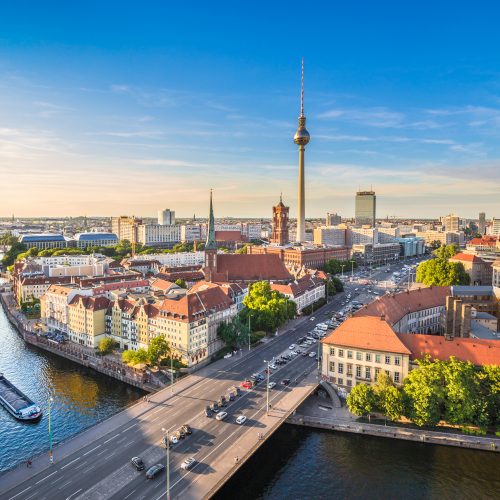Description
Increased energy efficiency of municipal buildings can have a direct and significant effect on the energy consumption and the related emissions and expenditures of a city. It can also have an indirect impact through the demonstration effect and potential for raising awareness of energy efficiency benefits among the wider public.
One way to encourage improved energy performance of municipal buildings is to require higher energy standards for new public buildings. For example, for countries subject to the EU’s Energy Efficiency Directive, all new buildings occupied and owned by public authorities must now be “nearly zero-energy buildings”.[1] This EU Directive also sets mandatory requirements for municipal purchases and new rental agreements. In addition to energy standards, cities can enforce regulations on universal design (see policy option L5 on Universal access principles) to promote both sustainable and inclusive buildings that ensure accessibility for all. Public procurement of low-energy buildings, however, can only address some of the problems as long as the main energy efficiency challenges derive from the existing building stock. In such cases, improved energy performance should also be pursued through the effective refurbishment of the municipal building stock. Cities can consider prioritising the refurbishment of schools, hospitals and social housing to improve access to energy while generating more significant social benefits.
Setting up a municipal energy agency has proven to be a cost-effective way to identify and refurbish public buildings. For example, the Berlin Energy Agency, a public-private partnership, was founded in 1992 and has since launched energy efficiency retrofits in more than 1,300 public buildings and 500 private properties.[2] The size of a municipal energy agency can be scaled from a one-officer position to a larger unit with extended expertise. Similarly, the role of an energy agency can be scaled from only assessing and ranking the public buildings with the greatest energy saving potential, to also cover extensive procurement and implementation support together with training and awareness-raising activities among decision-makers and occupants of public buildings. Cities should integrate inclusive procurement, equal opportunities and gender budgeting considerations into energy agencies’ management and operation.

Resource implications and key requirements
Public procurement of low-energy buildings will typically imply higher investment costs and lower operating costs and can be economically justified in the long term. For cities with a population larger than 50,000, setting up an energy agency has proven to pay for itself through the energy and cost savings the agency helps to achieve. However, highly subsidised energy prices would not favour energy-efficient constructions or refurbishments and it is important that countries with large energy subsidies seek to reduce them.

Implementation obstacles and solutions
Complacency among city officials and limited financial capacity may prevent an effective pursuit of energy-efficient public buildings. Increased public disclosure of the energy performance of different city departments, combined with the inclusion of energy consumption in key performance indicators (KPIs) for various city managers, may provide good incentives and raise awareness of the benefits of improved energy efficiency. Private-sector involvement through PPP-style energy performance contracts (see policy option E3) has also proven to be an effective way to finance and implement energy efficiency measures. This approach has, for instance, been deployed in Berlin under the Energy Saving Partnerships using energy performance contracting.

References
[1] European Commission (2020), Nearly Zero Energy Buildings. European Commission website.
[2] Berliner Energieagentur (2006), “Performance Contracting: A Berlin Success Model”, Berlin Senate Department of Urban Development.













